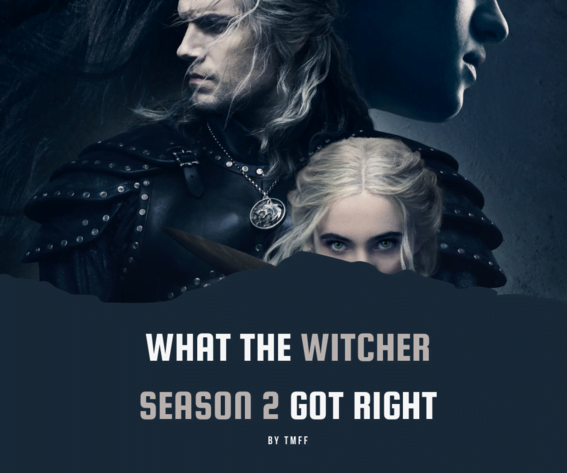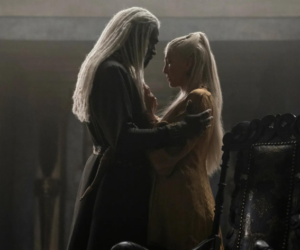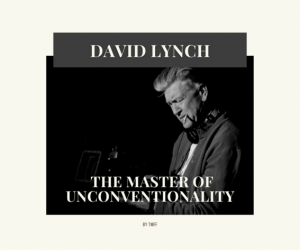The first season of The Witcher came two years ago, and enjoyed quite a remarkable success. However, it was very difficult to satisfy everyone – fans of The Witcher books by Andrzej Sapkowski, fans of The Witcher videogames by CD Projekt Red, as well as people looking into a new fantasy series to get into, following the conclusion of Game of Thrones earlier in 2019. Add to this some bizarre casting decisions that seemed to not do the original Slavic favour of the universe any favours, and we could describe the overall reception of the first season as lukewarm. However, the high viewing figures meant a significant budget upgrade for season two, and with plenty more source material to go, and prequels/spin-offs left right and center, The Witcher is starting to look like quite the cash cow for Netflix. The question right now is how does Season 2 stack up against the first one?
A more straightforward plot
One of the most criticised aspects of Season 1 was the intricately woven plot, which meant that the story kept hopping around in time, to the extent where even those well-versed into The Witcher’s universe were left scratching their heads from so much back and forth jumping around. Well, no such issue this time around – Season 2 is as linear as it gets. However, that may or may not be its special merit. Season 1 was mostly built from Sapkovski’s standalone short stories from both The Last Wish and Sword of Destiny, whereas Season 2 for the most parts follows the much more homogeneous plot of Blood of Elves.
More fleshed out secondary characters
Even with all its skipping around in order to build the numerous story arcs which would eventually come together, Season 1 didn’t really manage to add much personality to its side characters. Apart from Geralt and Yennefer, with a few exceptions, the other characters were not exactly fulfilling their full potential from the books and the games. Thankfully, Season 2 sets aside plenty more time to develop them – notable mentions are Cahir, Fringilla and even Jaskier to some extent. Likewise, it introduces new characters who are rather well fleshed out in terms of both motivation and personality from the get-go, such as Vesimir, Francesca and even Sigismund Dijkstra (although I’m not necessarily a fan of his depiction, when compared to the Witcher III game).
More background on the witchers
Not only does Season 2 shed more light on the origin event that was The Conjuction of the Spheres, but it also goes a bit more in depth regarding the witchers themselves – not just Geralt. With his return to Kaer Morhen, the show has the perfect backdrop to tell the story of witchers, and show just what extent of a rare beast they are currently. There’s something about seeing Geralt in his own environment, interacting with characters with whom he has so much in common, and where he is not seen as an outsider. Some of the season’s highlights end up taking place here, from Ciri’s growth and development, to some difficult moments shared by Geralt and Vesimir.
Fewer unremarkable monster battles
In Season 1, Geralt faced off against a different monster almost every episode, which rightfully drew some comparisons with the 90s series Hercules and Xena. Which is not necessarily a bad thing, and sort of understandable considering the short 8-episode seasons. However, the time spent on such encounters could have been more valuably spent into developing the characters – which is actually what happens in the second season. Sure, some of the encounters can feel a little bit awkward in terms of pacing (for instance, in the last episode), but overall, I do think they nailed a certain balance in this one.
Some hiccups, though
The only severe problems with Season 2, which did annoy quite a few fans of the original material, is how some of the characters are handled, and how some discrepancies creep in. One of them would be the depiction of Eskel – quite rushed and with a very different outcome from the character in the books. Likewise, one of the more dramatic moments involving Fringilla is actually recycled from the third Witcher game – but the game moment actually involved a completely different character, and was on a completely different level with regard to the execution. Lastly, I feel that Sigismund Dijkstra’s sly nature was captured well, but he’s much too refined and simply plays the ‘i always know what I’m doing’ card without the finesse that he showed in the game – albeit, of course, he was in a different position by then. Still, this is most likely not a problem of the casting, but rather of the writing and role development, and can be ironed out in the future.
















